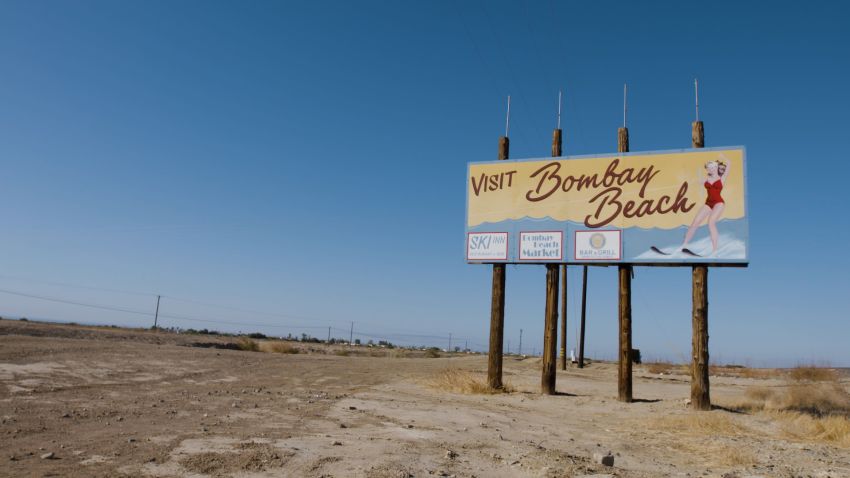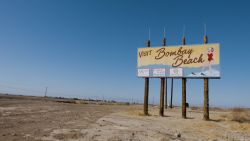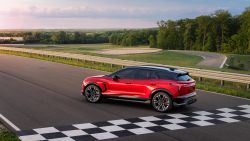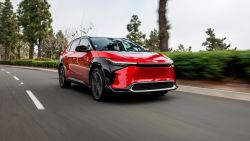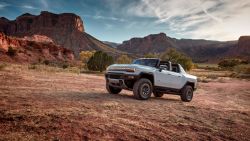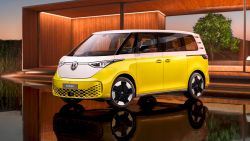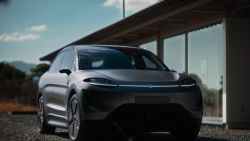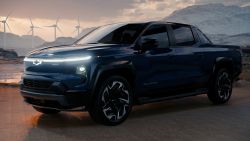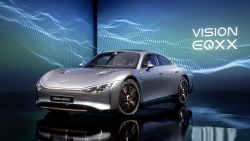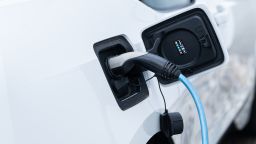Toyota announced plans Wednesday to invest $5.6 billion in new plants to build electric vehicle batteries in Japan and the United States. But unlike other automakers who are going all-in on EVs, Toyota said it’s still not convinced that’s the best path forward.
The world’s largest automaker in terms of vehicles sold, Toyota (TM) has lagged behind most other major global automakers in building fully battery powered EVs, despite its history of being a leader in hybrid gas/electric vehicles more than 20 years. Rivals such as Volkswagen (VLKAF), General Motors (GM) and Ford (F) have far more pure battery-powed EV offerings, as well as a significant number of EVs under development.
Toyota has been investing more than other automakers in efforts to develop electric vehicles powered by on-board hydrogen fuel cells rather than rechargeable batteries. The fuel cells’ only emissions would be water vapor, which complies with tougher environmental regulations now being put in place, such as the rules announced by California last week that would ban cars with gas-powered internal combustion engines by 2035.
Toyota’s statement on the new battery plant investment suggested it is still looking at ways to meet tougher emission rules without depending solely on battery-powered EVs.
“Toyota believes that there is more than one option for achieving carbon neutrality. It also believes that the means of reducing CO2 emissions as much as possible and as quickly as possible while protecting the livelihoods of its customers vary greatly depending on the country and region,” Toyota said in its statement. “With such in mind, Toyota will continue to make every effort to flexibly meet the needs of its various customers in all countries and regions by offering multiple powertrains and providing as many options as possible.”
Unlike battery-powered EVs that can be charged at homes or at an increasing number of public charging stations, fuel-cell powered vehicles need a whole new fueling infrastructure that would allow them to be filled with hydrogen. And those filling options are still very limited, especially outside California.
Toyota’s only pure battery-powered EV offered in North America is the BZ4X SUV, which went on sale earlier this year. But Toyota recently had to advise its handful of early buyers to not drive the cars due to a risk of the wheels falling off. The company has yet to come up with a way to fix the problem, and thus has been forced to offer to buy back the vehicles from purchasers.
About half the money Toyota said it plans to spend on EV battery production will go to expanding a plant in Liberty, NC, that is already under construction. The investment will raise the price tag on the plant from $1.3 billion to $3.8 billion.
The influx of cash will also increase the number of jobs at the plant, which is due to start production in 2025, by as many as 2,100. Toyota said the plant will make batteries for both pure battery-powered EVs as well as plug-in hybrid vehicles that will have both electric motors and internal combustion engines.
It is important that Toyota increase some of its US-made EV battery capacity. Recently passed legislation to increase tax credits for EV buyers includes limits based on where the batteries are made. That requirement calls for 50% of battery components to be manufactured or assembled in North America starting in 2023 and 60% in 2024 and 2025 for a vehicle to be eligible for the tax credit. That number will gradually grow to 100% in 2029. So shipping batteries from Asia to US assembly plants could deprive the cars’ potential buyers of thousands of dollars in tax credits.
EV battery boom
Automakers having been rushing to announce EV battery plant plans in recent months, often with various partners. Just this week, Honda (HMC) announced a $4.4 billion joint investment with LG on a new US battery plant.
In addition, Hyundai said in May that it’s building a battery plant in Georgia. Ford said last year it would invest $11.4 billion with LG rival SK Innovations to built three battery plants along with an EV assembly plant.
Mercedes-Benz opened a battery plant in Alabama earlier this year. Stellantis, which was formed by the merger of Fiat Chrysler and French automaker PSA group, announced battery plant plans last year with LG.
And GM and LG have built plants in Ohio, Tennessee and Michigan for a total of $7.2 billion, and are looking at a fourth plant in Indiana. The Tennessee and Michigan plants are under construction, while the Ohio plant recently started production.
– CNN Business’ Matt McFarland and Peter Valdes-Dapena contributed to this report.

